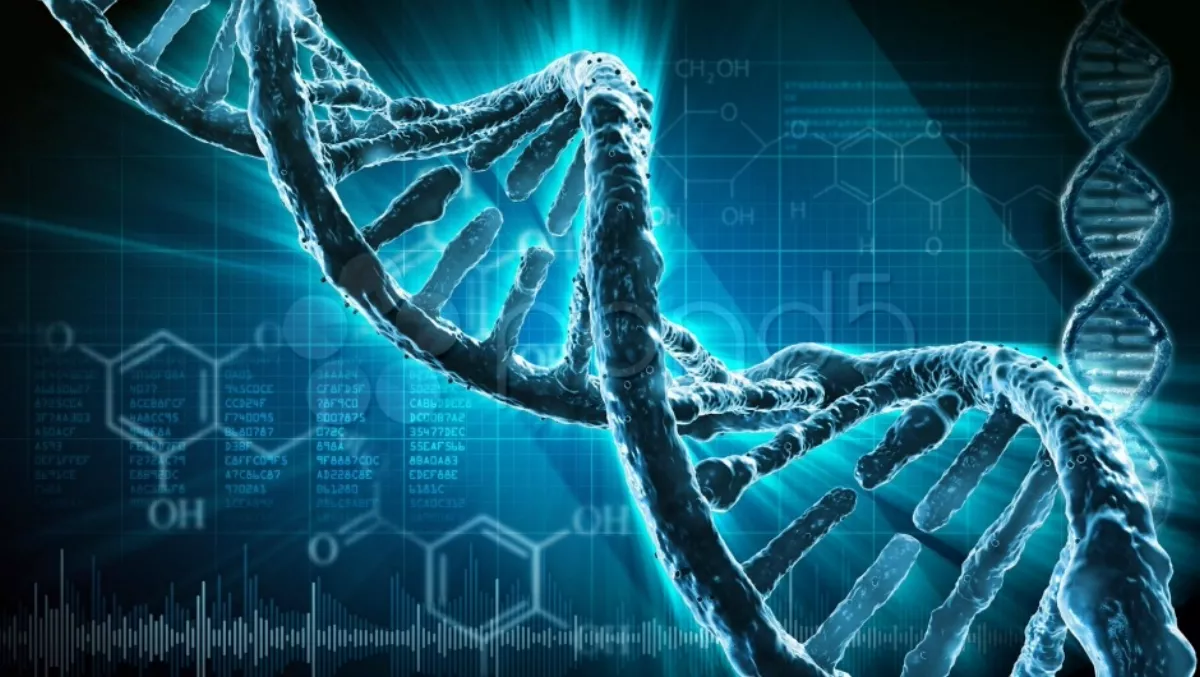
3D tech helps Kiwi scientists understand more about genes
Scientists working in New Zealand are using 3D technologies, namely 3D digital models, to understand more about how gene crowding affects cell development.
The crowding of genes inside the nucleus of a cell affects the way they replicate, and how they are turned on and off, according to a study led by New Zealand's Liggins Institute.
Dr Justin O'Sullivan, Liggins Institute molecular biologist, says the findings on how crowded genes behave are important for our understanding of development and disease.
The researchers developed 3D digital models of how the DNA is folded inside the nucleus of a yeast cell, and then mapped how genes encoded in the DNA are clustered inside the nucleus.
They found that the regions of DNA that control replication are crowded together. By mutating certain genes they could change the pattern of crowding and thus the timing of replication.
They also found that those genes that were turned on – or expressed – were physically separated from those that were turned off.
"The more we understand about what's happening to the genes encoded in the DNA inside the cell nucleus, the easier it is to understand how that DNA structure responds to the environment outside the cell," O'Sullivan says.
"So these findings add to our understanding of epigenetics - the chemical process in which the environment modifies the DNA, switching the genes responsible for certain developmental processes on or off.
"Our next step is to investigate whether the development of common diseases is influenced by the way genes with mutations are crowded together and communicate with one another," he says.
The researchers used a 3D digital model to examine the folding of the DNA inside the yeast cell nucleus. They verified the model using measurements from live yeast cells.
The Liggins Institute researchers at the University of Auckland in New Zealand collaborated with colleagues at the Rockefeller University in the United States and the Research Centre for the Mathematics on Chromatin Live Dynamics (RcMcD) at Hiroshima University in Japan.


